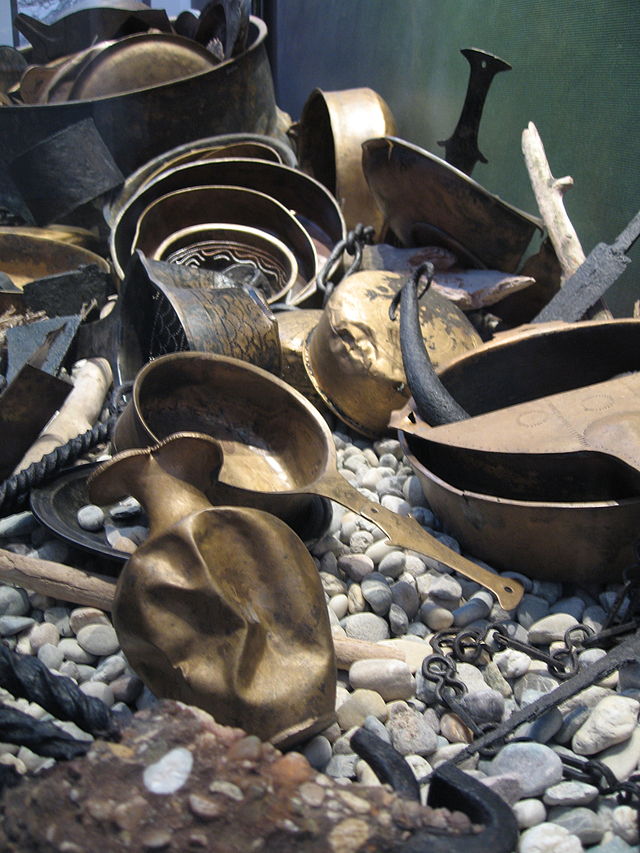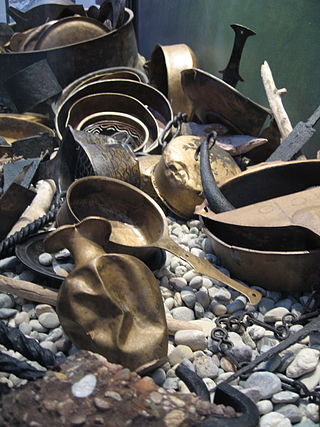Top Qs
Timeline
Chat
Perspective
Limesfall
From Wikipedia, the free encyclopedia
Remove ads
The Limesfall[1][2] is the name given to the abandonment of the Upper Germanic-Rhaetian Limes (built in 1st century) in the mid-3rd century AD by the Romans and the withdrawal of imperial troops from the provinces on the far side of the rivers Rhine and Danube to the line of those rivers. It is sometimes called the fall of the limes.[3]
You can help expand this article with text translated from the corresponding article in German. (May 2019) Click [show] for important translation instructions.
|


As a result of a series of informative archaeological finds and the re-evaluation of literary sources, the Limesfall no longer appears to have been a simple historical event, but a multi-layered, complex phenomenon whose historical linkages have not yet been fully understood. Because written sources are largely absent or of dubious reliability, research often relies on archaeological findings, which can be interpreted differently.
In the past, the monocausal assumption was that the Romans had been forced by armed events and external aggressors in the context of the so-called Alamannic Storm to withdraw from the area east of the Rhine and north of the Danube. Archaeological finds, however, suggest that this process was the result of years of development during the so-called Crisis of the 3rd century with a decline of the border provinces; and even civil wars within the Empire seem to have played a role. All this finally led in 259/260 to the de facto abandonment of the so-called Agri Decumates territory and the withdrawal of the Roman military border to the Rhine and the Danube.[4][5]
Remove ads
References
Literature
Wikiwand - on
Seamless Wikipedia browsing. On steroids.
Remove ads
